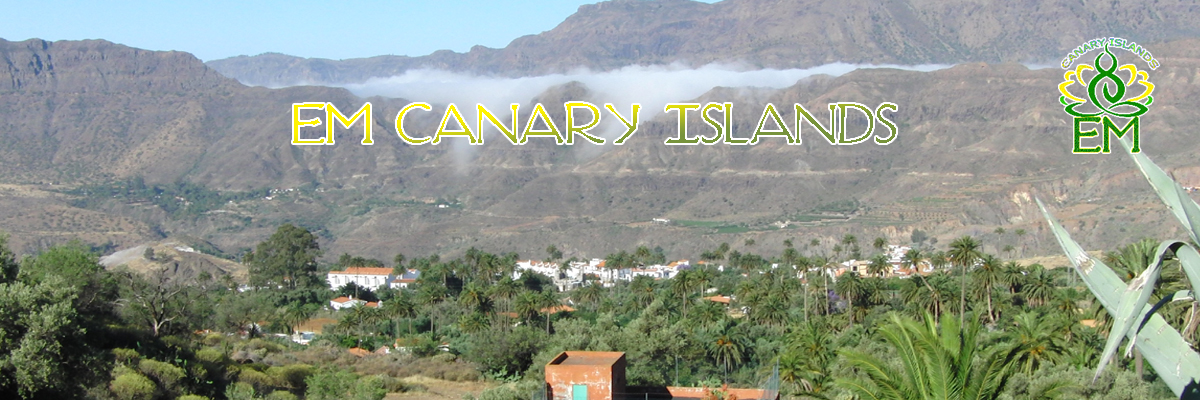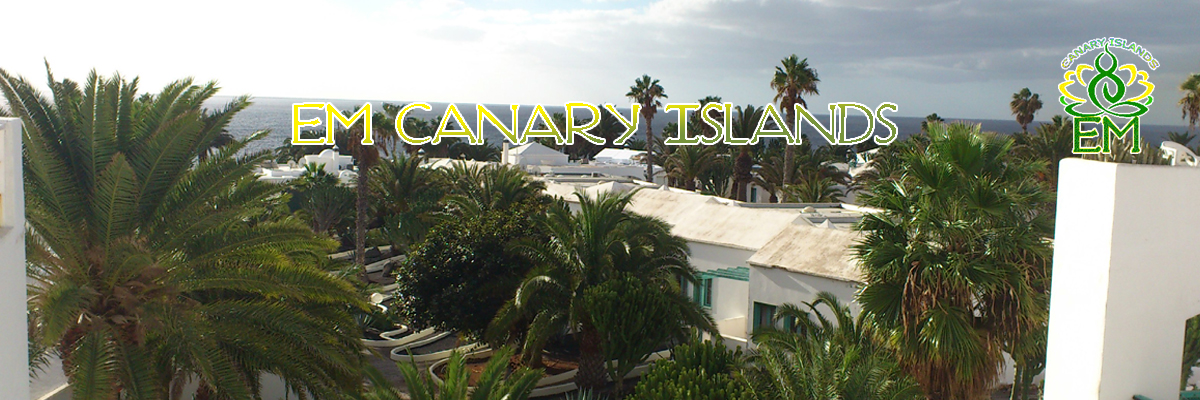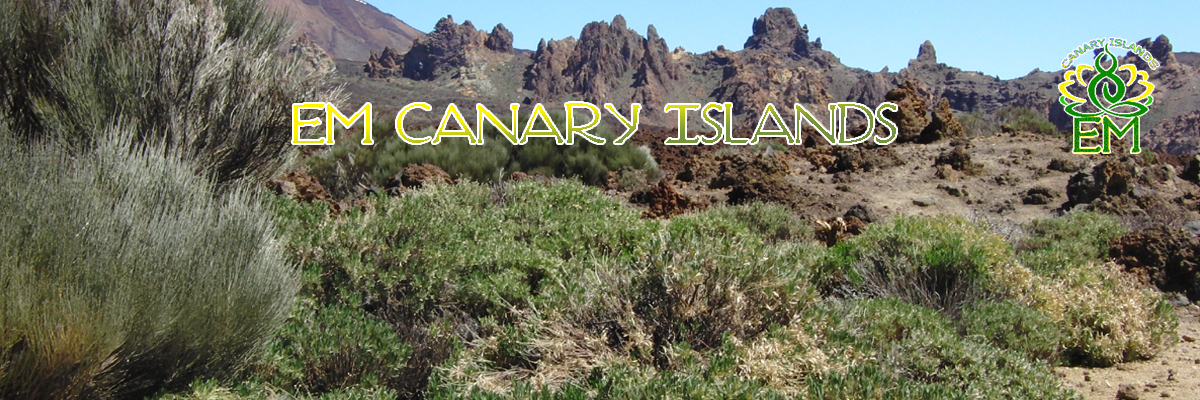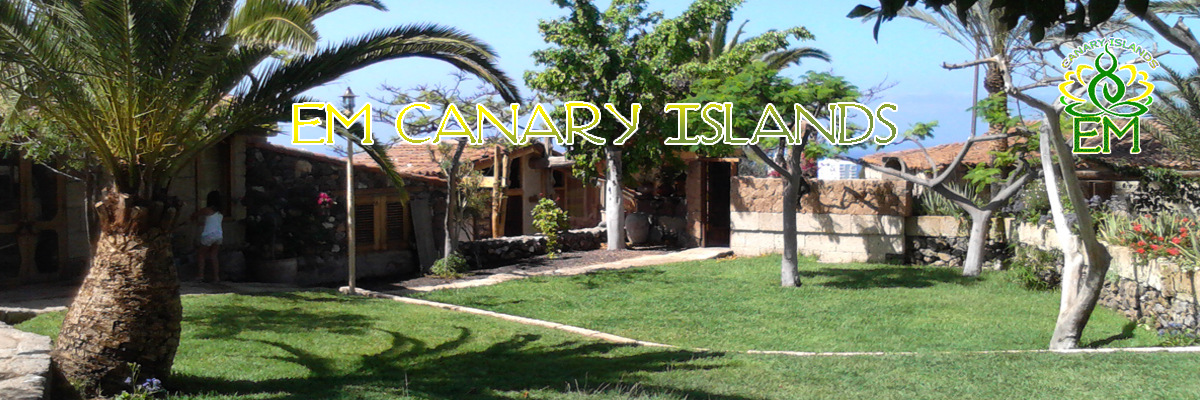Bokashi with Effective Microorganisms
Bokashi is a Japanese word which means as much as conversion. When combined with effective microorganisms, Bokashi means fermented organic material. In principle, almost all biological waste can be used for this purpose.
EM Bokashi is produced anaerobically, which means that many ingredients are preserved, and at the same time a variety of antioxidants, vitamins, and enzymes (like the Sauerkraut production) are produced by fermentation.
EM Bokashi applications
- Soil preparation in spring
Bokashi is applied as an organic fertilizer in the soil 2 weeks before sowing or planting (approx. 150g / m²). Subsequently, the casting is carried out with activated EM, EMtierra or EMagro solution (200ml to 10 liters of water). Before sowing or planting, remove all the herbicides, so that the young plant can develop well without competition. - Bokashi Use with existing planting
For existing plantings the Bokashi should be buried about 20 – 30 cm away from plants, since the pH value is too sour for the roots. - Soil preparation in autumn
Already in autumn they can prepare the ground for the coming spring. Leave the remaining plant residue in the beds and apply a thin layer of Bokashi (approx. 100 g / m²) into the soil. With a mulch layer of grass, foliage or straw, the soil is covered and poured with activated EM, EMtierra or EMagro solution (200ml to 10 liters of water).
EM Bokashi manufacturing in general
For the preparation of Bokashi, the crushed organic material treated with Effective Microorganisms is placed in an airtight container (bucket with lid or plastic bag) and allowed to stand for 4-6 weeks at room temperature (protected from exposure to sunlight). The correct moisture (approx. 35%) is an important factor for the success of Bokashi. It can be test it by pressing a handful in the fist. If the hand is carefully opened, a lump is produced. When the hand is suddenly opened, the mixture disintegrates. If the lump does not stick together, it is too dry. If fluid leaks, it is too wet.
Finished Bokashi has on the surface a white mold layer and smells sweetish-fermented and has a pH value below 4. (The exact production of the individual EM Bokashi species can be found at the EM Bokashi recipes.)
EM Bokashi should be kept tightly closed in a dark, cool place. It has been proven to store it in a sturdy dark plastic bag (to squeeze out air completely) and to put it on its head. In the spring, they can spend their time in Bokashi.
Carbon / nitrogen ratio
To obtain a good fertilizer, it is important that the carbon / nitrogen ratio is correct (see table C / N ratio). Ideal is a ratio of 1:20. Kitchen bokashi comes close to the very close or even lawn cut. However, this should be done with dry material e.g. Grain bran can be enriched, since it is usually too moist.
Hint:
Very suitable as a Bokashi ingredient is charcoal
Table C/N Ratio

EM Bokashi recipes
EM Kitchen Bokashi
Equipment and materials:
- EM Bokashi bucket
- Activated EM, EMtierra or EMagro
- Possibly EM Super-Cera C powder and pre-bokashi
- Kitchen waste
- Kl. Kitchen bucket with lid for collecting waste
- Possibly a sand-filled plastic bag
Preparation:
- The kitchen waste is crushed, collected in the kitchen bucket and sprayed with activated EM, EMtierra or EMagro solution (5ml on 100ml water).
- Place this waste every 2-3 days in the EM fermenter and spray again with the EM solution. In addition, the kitchen waste can be mixed with a handy Bokashi or a teaspoon of EM Super-Cera C powder.
- Press the kitchen waste well. Then close the Bokashi bucket airtight. When filling the filling in layers, place a sand-filled plastic bag on the material and then close the bucket.
- The leaching juice forming is discharged every two days through the outlet cock. This is a high-quality floral fertilizer and can be mixed with water (1: 100 to 1: 1000) to water the plants, but must be consumed quickly.
- When the EM fermenter is full, it is allowed to stand at room temperature for two weeks. At lower temperatures, the fermentation takes longer. The finished EM Bokashi has hardly changed its original appearance, but is implemented in the ground in the shortest possible time.
- After that the EM Bokashi can be applied or stored.
Storage:
The finished EM Bokashi should be sealed with airtight, stored in a dark cool place. It has been proven to store it in a sturdy dark plastic bag (press air completely) or in an airtight buckle (filled to the top). In spring they can get their EM Bokashi in time.
EM lawn bokashi
Immediately before mowing (if possible, overcast) the lawn is easily sprayed with an EM solution (100-200 ml to 1 liter of water).
The correct humidity (about 35%) is an important factor for the success of Bokashi. You can check the moisture in which you press a handful of material in your fist. If liquid comes out, it is too wet. In this case, you can use the lawn cut with dry material e.g. Cereal bran accumulate.
The lawn cut is filled into a dark, stable plastic bag and the air is pushed out. The bag is then sealed and sealed in a warm, shady place. After approximately 4-6 weeks, the lawn Bokashi is finished.
The bag is then stored in a dark, cool place.
Note: Lawn Bokashi is so rich in nutrients because of its high nitrogen content that it should always be mixed with soil before application.
Bokashi with wheat bran: Bokashi of chopped material:
– 10 kg of wheat bran – 1 m³ of chopped organic material
– approx. 2.5 liters of water – 8 liters of water
– approx. 100 ml EM® – 1 liter EM®
– approx. 100 ml sugar cane molasses – 1 liter sugar cane molasses
– possibly 2-3 kg of primary rock flour or Seashell lime – possibly 2-3 kg of primary rock flour or Seashell lime
Mix water, sugar cane molasses and EM® and knead under the organic material.
The mixture is then pressed tightly into plastic bags or containers and fermented for 6-8 weeks. The total moisture content should be 35-40% during fermentation. The ideal moisture is achieved when the mixture forms from hand to bale, itself sticks together, but does not drip during the pressing.
In general, the Directive applies to 100 kg of fully mixed organic material (35-40% moisture) or 1-3 liters of EM®.
The finished Bokashi air-tight and cool store, then it is almost unlimited.
Fermented EM · Compost:
Compost mass with EM® and EM Ceramic concentrate Super Cera®-C and mix; Airtight with a light but not transparent film and ferment for approx. 4-8 weeks. The EM compost does not have to be re-coated.
Important note:
Basically, Bokashi can be produced from a wide variety of organic materials: e.g. Cereal bran, corn fowl, spelled, chopped straw, grass cut, kitchen and garden waste, chopped woodcut, cow, pig, chicken excrement, etc.



















